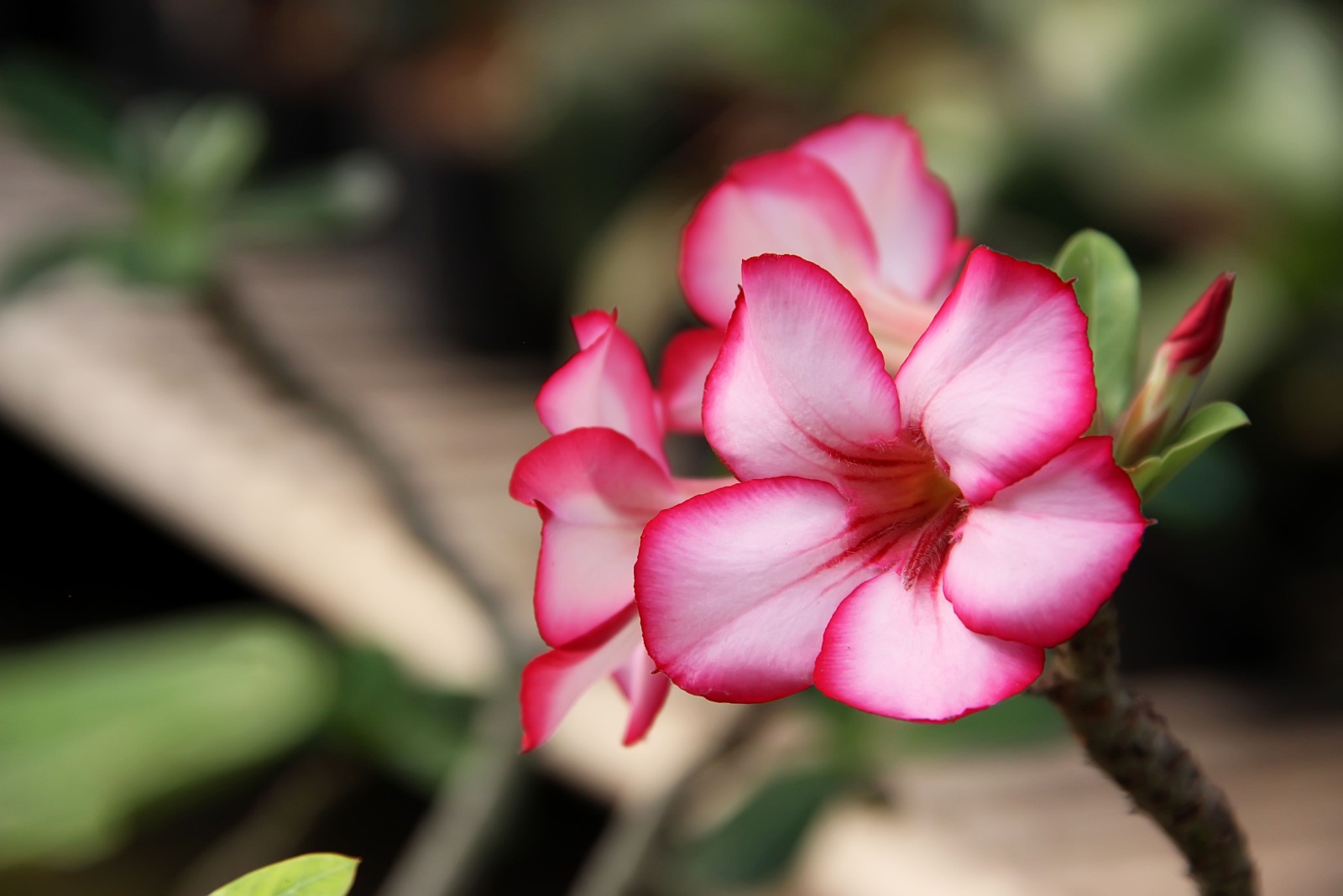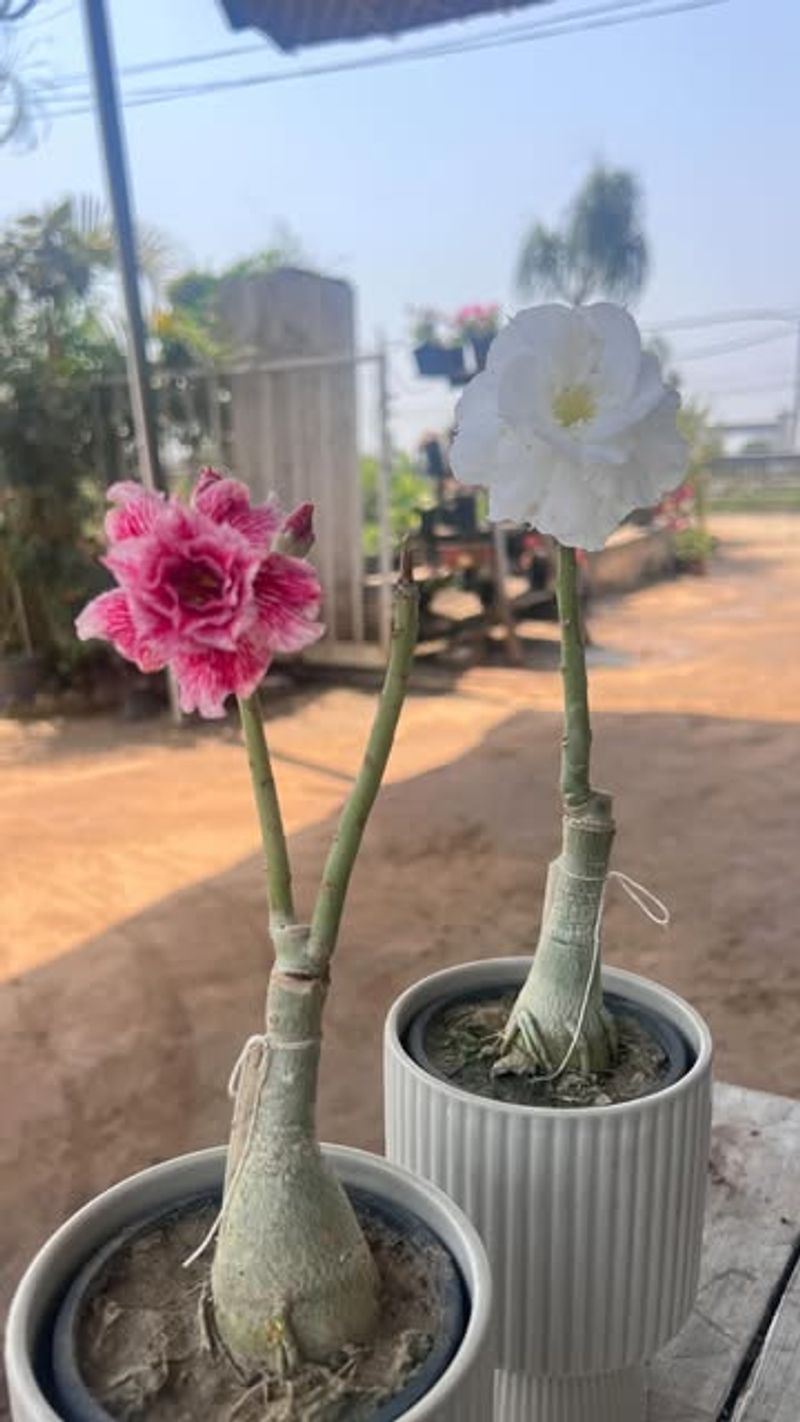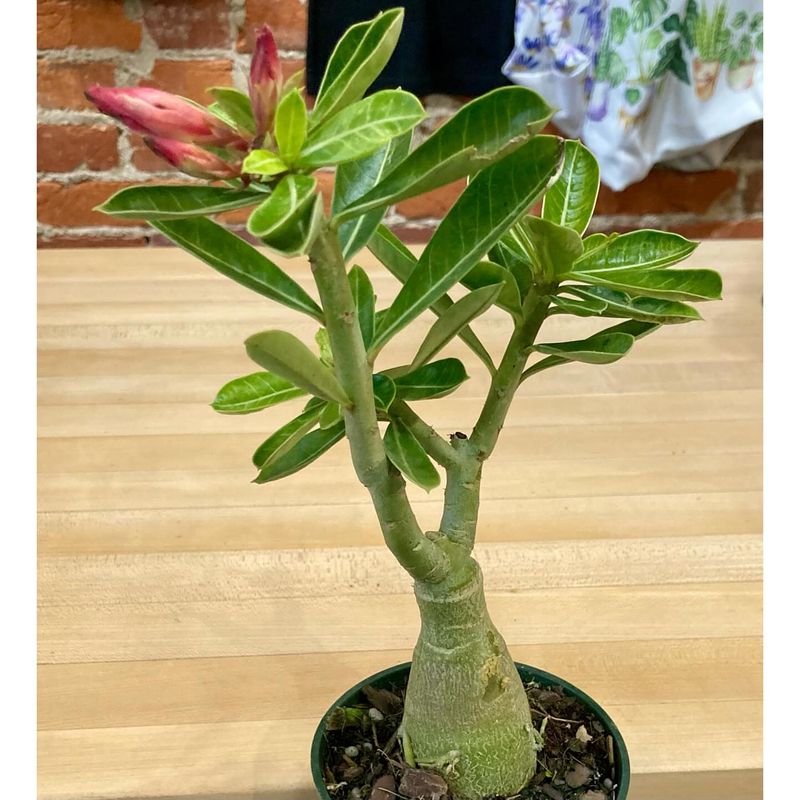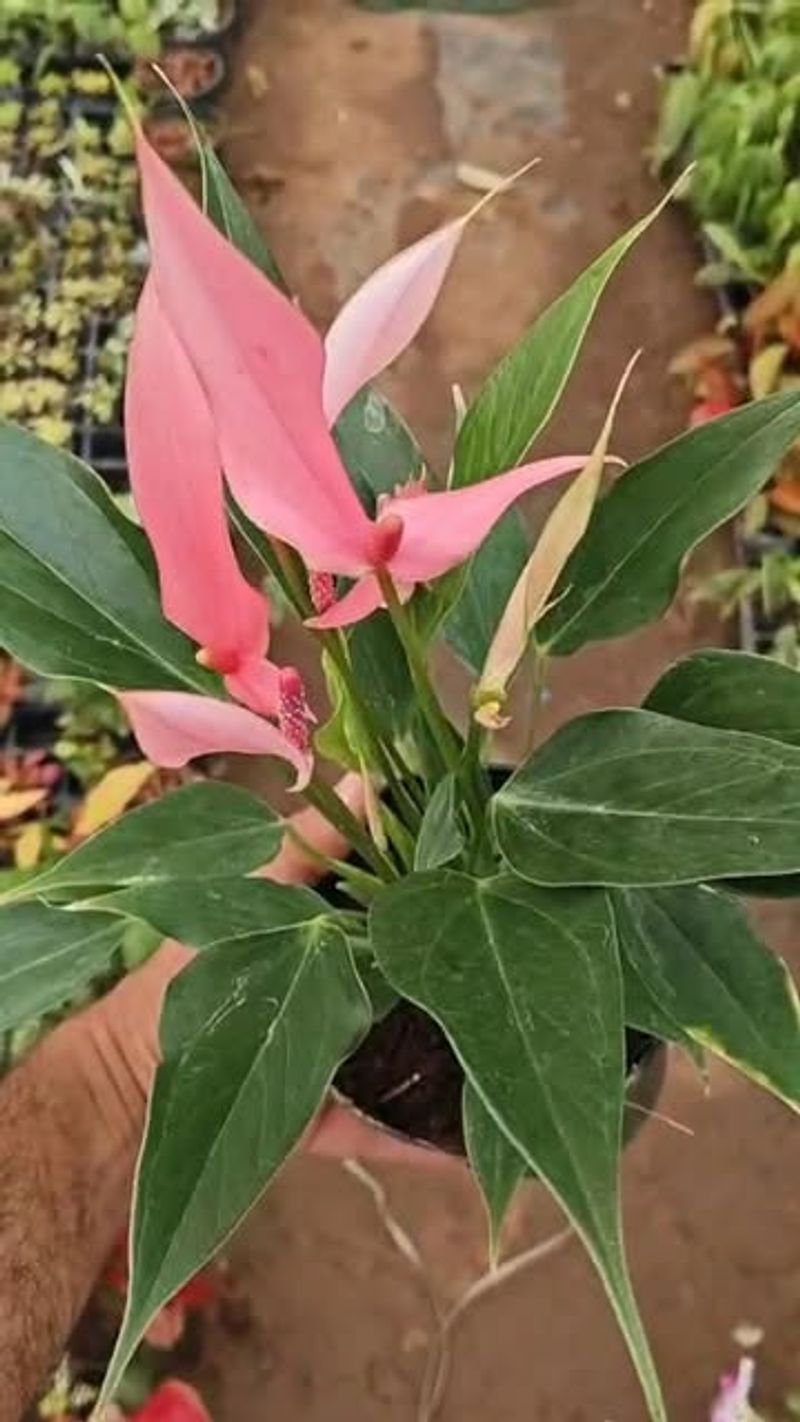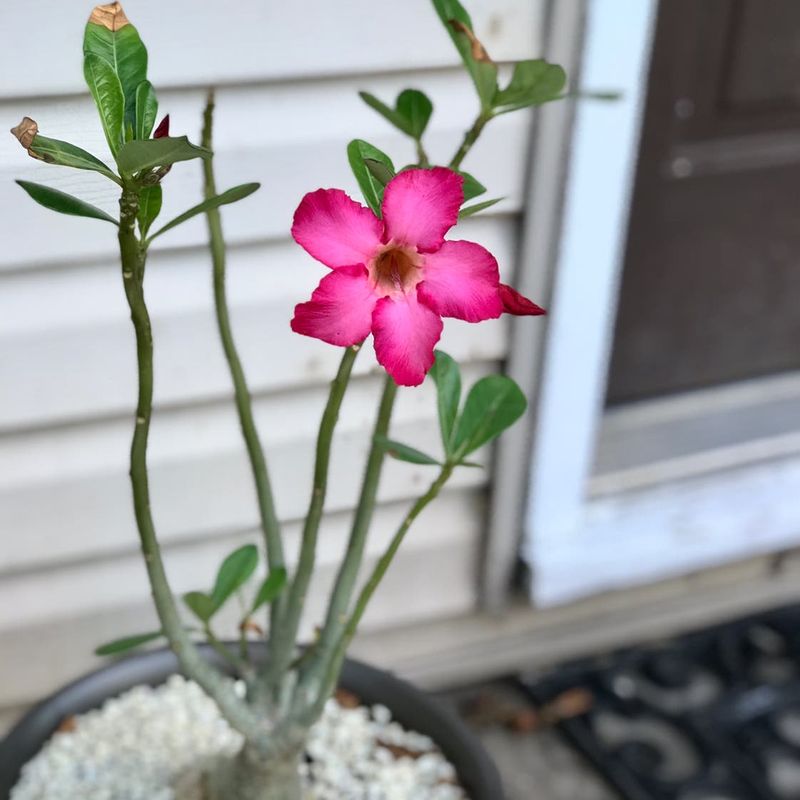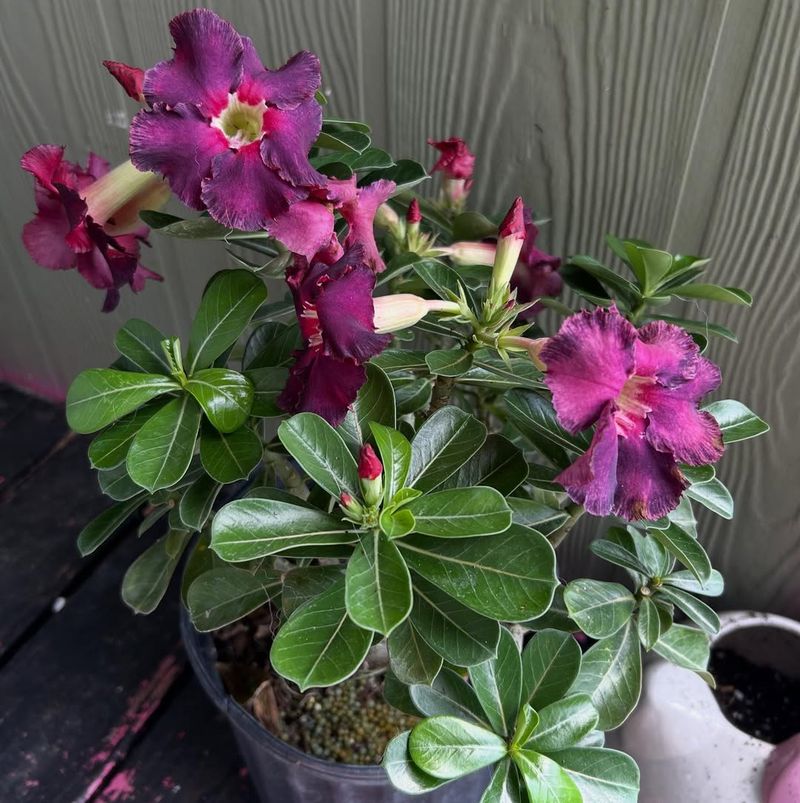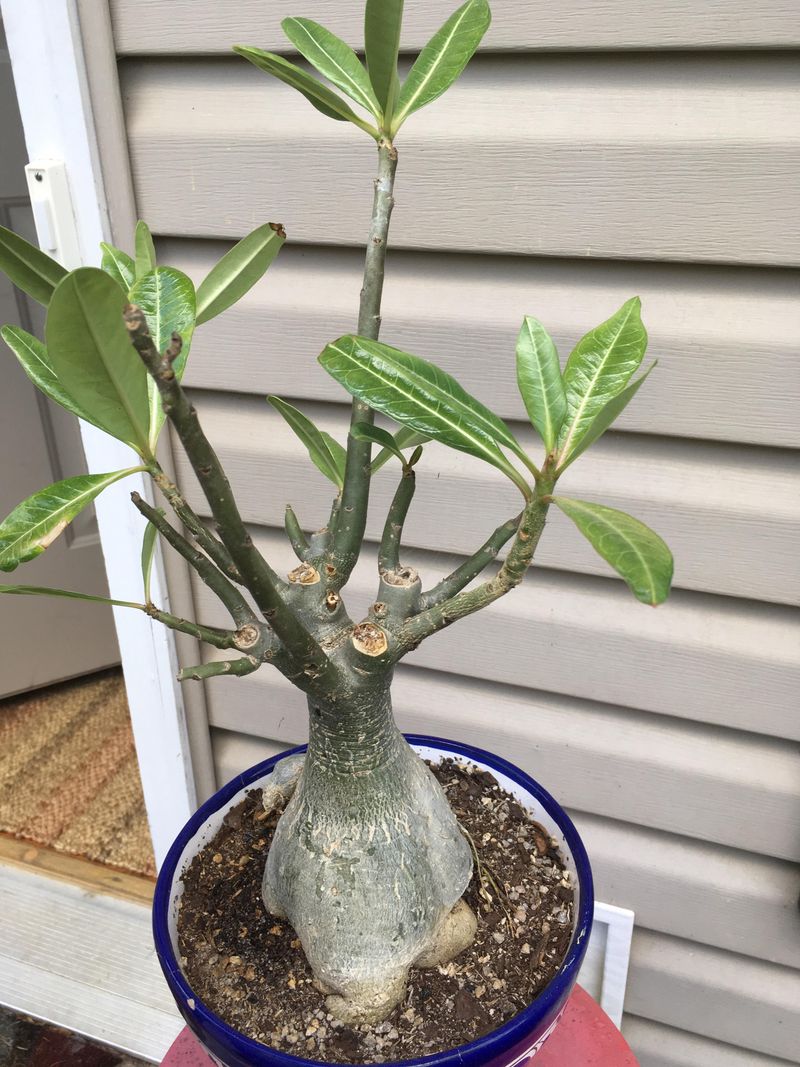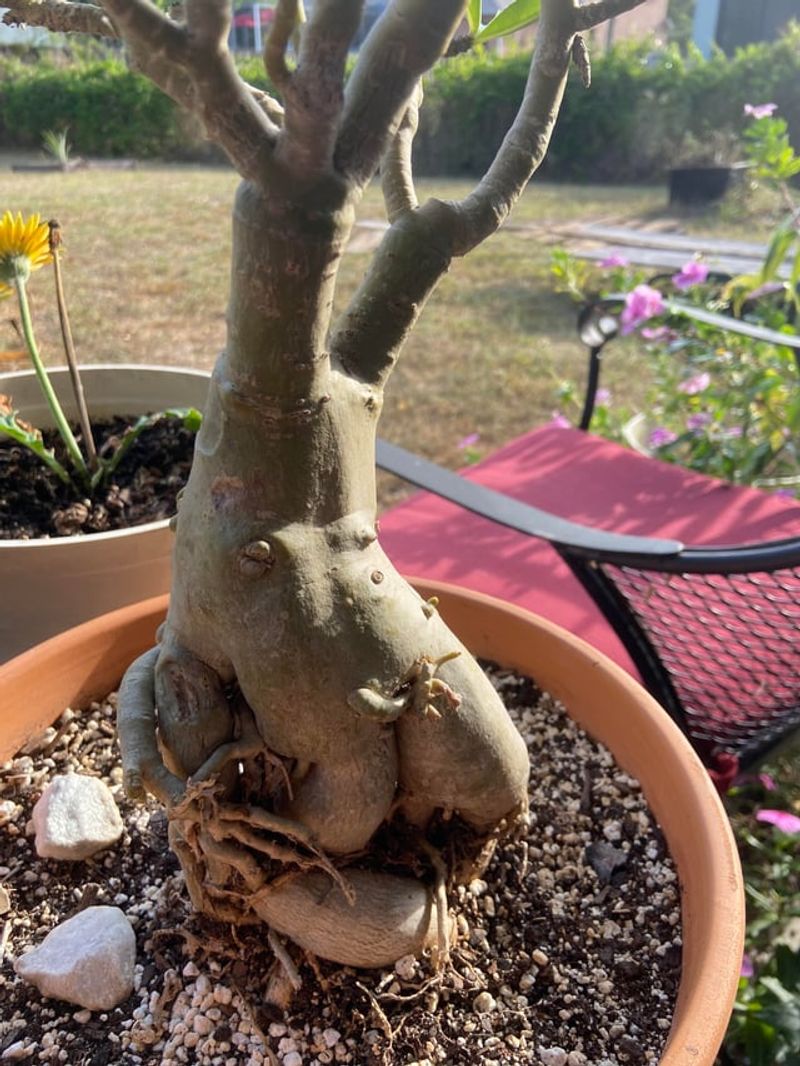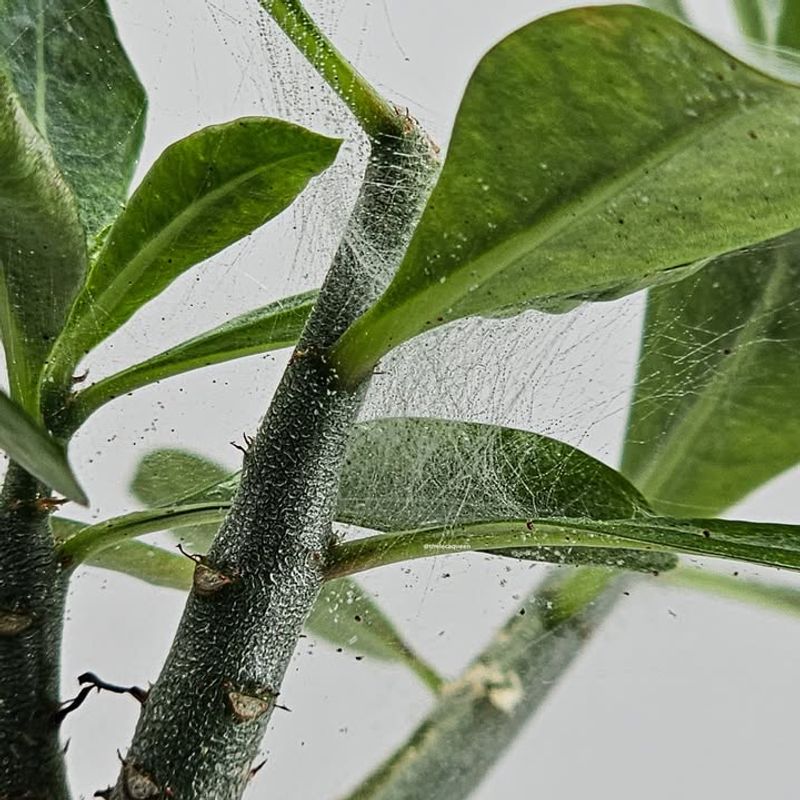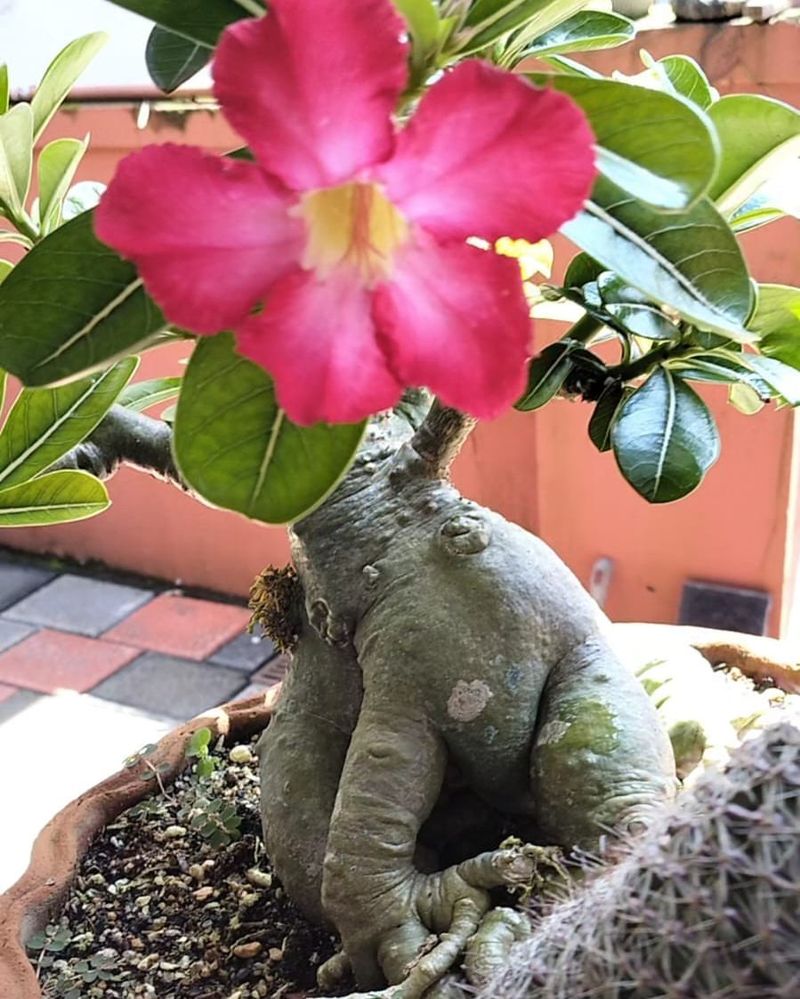Desert roses are stunning plants that thrive in Arizona’s hot, dry climate, making them perfect for local gardeners. With their thick trunks and beautiful blooms, these succulents can transform any garden or patio into a tropical paradise.
Caring for them might seem tricky at first, but with a few simple tips, anyone can keep these beauties healthy and blooming all season long.
1. Give Your Plant Plenty Of Sunshine
Arizona’s abundant sunshine is exactly what desert roses crave to stay healthy and produce stunning flowers. Position your plant where it receives at least six hours of direct sunlight daily, preferably in a south-facing spot.
During summer’s peak heat, some afternoon shade can prevent leaf burn. Indoor plants should sit near the brightest window available.
Without enough light, your desert rose will grow leggy and refuse to bloom, so sunshine really makes all the difference in keeping it happy.
2. Water Sparingly And Let Soil Dry Out
Overwatering is the quickest way to kill a desert rose, so patience is key when it comes to watering schedules. Allow the soil to dry completely between waterings, checking by sticking your finger about two inches deep into the dirt.
During Arizona’s scorching summer months, you might water once a week. In cooler months, reduce watering to every two or three weeks.
Always empty saucers beneath pots to prevent roots from sitting in standing water.
3. Choose Well-Draining Soil Mix
Your desert rose needs soil that drains quickly to prevent root rot, which can devastate these plants in no time. Mix regular potting soil with perlite, coarse sand, or pumice in equal parts to create the perfect growing medium.
Cactus and succulent soil mixes from garden centers work wonderfully too. Avoid heavy clay-based soils that hold moisture for extended periods.
Good drainage keeps roots healthy and allows oxygen to reach them, promoting vigorous growth and abundant flowering.
4. Feed Regularly During Growing Season
Fertilizing your desert rose encourages impressive blooms and keeps the plant strong throughout Arizona’s long growing season. Use a balanced liquid fertilizer diluted to half strength every two to three weeks from spring through early fall.
Some gardeners prefer slow-release fertilizer pellets applied once at the season’s start. Stop feeding completely during winter when the plant enters dormancy.
Too much fertilizer can burn roots, so following package directions carefully ensures your plant gets nutrients without damage.
5. Protect From Freezing Temperatures
Even though Arizona stays warm most of the year, occasional cold snaps can seriously damage desert roses that cannot tolerate frost. Bring potted plants indoors when temperatures drop below 50 degrees Fahrenheit, especially overnight.
If your desert rose is planted in the ground, cover it with frost cloth or blankets during cold nights. A location near a south-facing wall provides extra warmth and protection.
Cold damage shows up as blackened, mushy stems that rarely recover fully.
6. Prune To Encourage Bushier Growth
Shaping your desert rose through strategic pruning creates a fuller, more attractive plant with increased flowering potential. Cut back leggy branches in early spring before new growth begins, using clean, sharp pruning shears.
Remove any dead, damaged, or crossing branches to improve air circulation. Trim just above a leaf node to encourage branching.
Wear gloves since desert rose sap can irritate skin. Your plant will respond by producing multiple new shoots where you made cuts.
7. Repot Every Two To Three Years
Desert roses eventually outgrow their containers and need fresh soil to continue thriving in Arizona’s climate. Spring is the ideal time for repotting, just as new growth begins appearing.
Choose a pot only slightly larger than the current one, since desert roses actually bloom better when slightly root-bound. Gently loosen circling roots and trim any damaged ones before replanting.
Wait a week after repotting before watering to let any root wounds heal and prevent rot.
8. Watch For Common Pests
Spider mites, aphids, and mealybugs occasionally bother desert roses, especially when plants are stressed or kept indoors. Inspect leaves regularly for tiny bugs, webbing, or sticky residue that signals an infestation.
Spray affected plants with insecticidal soap or neem oil, repeating treatments weekly until pests disappear. Strong water sprays can knock off many insects too.
Healthy plants resist pests better, so proper watering and sunlight provide the best defense against these troublesome critters.
9. Enjoy The Stunning Blooms
After following these care tips, your desert rose will reward you with spectacular flowers in shades of pink, red, white, or multi-colored combinations. Blooms typically appear from late spring through fall in Arizona’s climate.
Each flower lasts several days, and healthy plants produce waves of blossoms throughout the season. Deadheading spent flowers encourages more blooms to develop.
Display your flowering desert rose where you can admire its beauty daily and share it with visitors who will surely be impressed.

